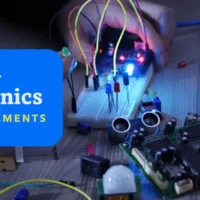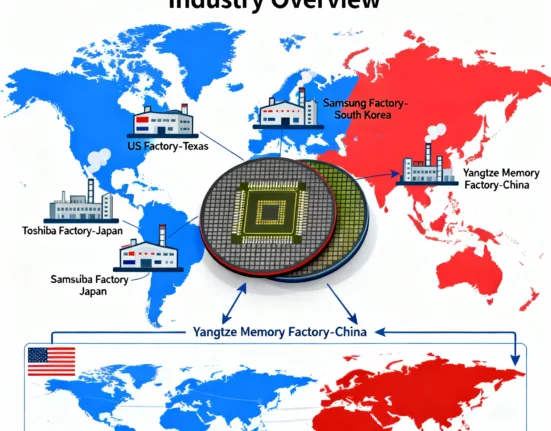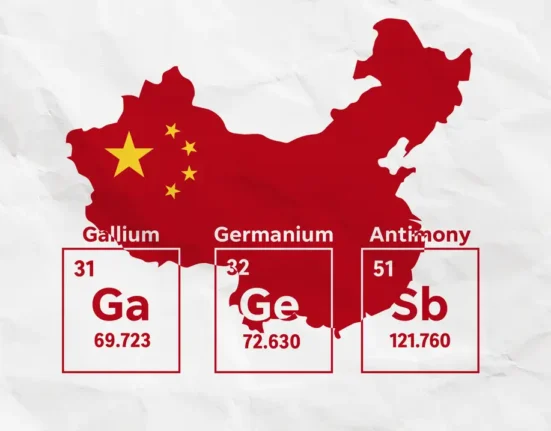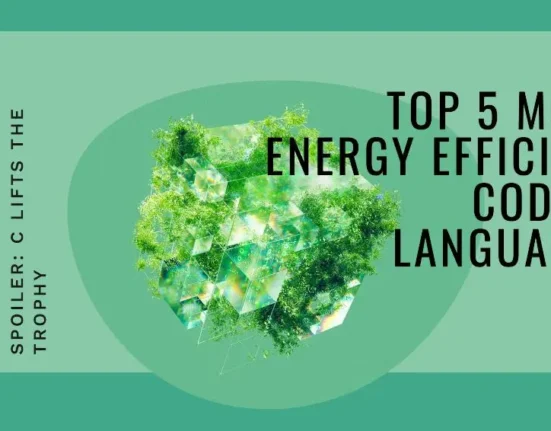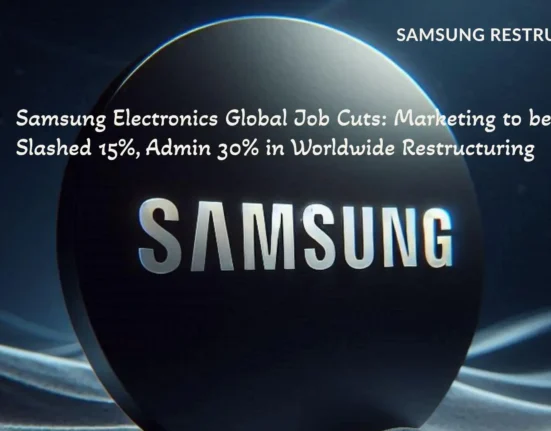Samsung, SK hynix Spark Up to 30% Memory Price Surge Amid Global NAND Flash Demand Boom
- by Abhinav Kumar
- 24 October 2025
- 3 minutes read
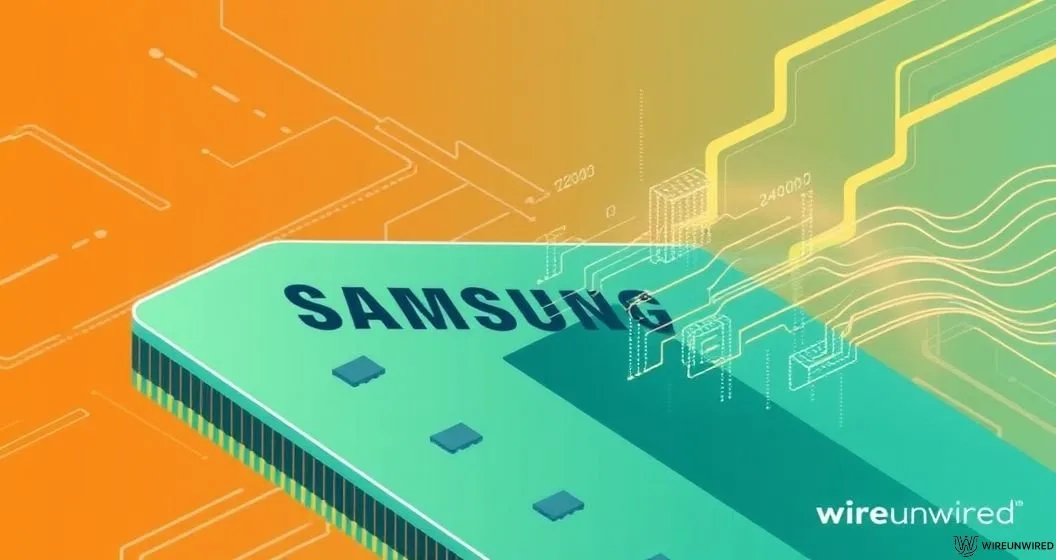
- Samsung and SK hynix have raised DRAM and NAND flash prices by up to 30% for Q4 2025, citing surging AI-driven demand and tightening global supply.
- Both companies are ramping up advanced NAND production: Samsung’s 8th-gen NAND lines now run at 80% capacity, while SK hynix is mass producing industry-first 321-layer QLC NAND.
- Long-term supply deals lock in higher prices, fueling concern among cloud, data center, and device buyers over potential cost impacts and further shortages.
As global demand for memory chips continues to soar, Samsung and SK hynix have implemented aggressive price hikes—reportedly up to 30%—on both DRAM and NAND flash memory for the fourth quarter of 2025. The increases are being attributed to a potent combination of AI-driven demand, rapid growth Why NAND Flash Memory Isn’t Made in the US—and What’s Next ?in data center deployments, and tightening supply conditions, according to reports from Korean and international outlets.
AI and Data Center Demand Drives Price Hikes
The memory market is experiencing a significant shift as enterprise and hyperscale buyers scramble for supply. Sources indicate that Samsung and SK hynix are locking in these higher prices through long-term supply contracts with major clients, reflecting a market-wide scramble for memory as data center and enterprise SSD demand outpaces supply. Module houses and memory distributors are reportedly holding back inventory in anticipation of further increases, intensifying the upward pressure on prices.
Recent spot market data shows the average price of mainstream DDR4 chips surged nearly 10% week-on-week, with NAND flash wafer prices jumping 15–20% in a single week, as suppliers quote higher and buyers rush to hedge against future hikes. This trend is reinforced by TrendForce’s memory spot price update, which highlights strong trading momentum and a bullish market sentiment.
Production Ramps and Technology Advances
To capitalize on the current demand surge, Samsung has increased utilization of its advanced 8th-generation NAND production lines, now running at approximately 80% capacity—a significant ramp-up from previous quarters. Meanwhile, SK hynix has begun mass production of a world-first 321-layer QLC NAND product, slated for commercial launch next year. This innovation aims to boost storage density and performance for enterprise SSDs, though it remains unclear if supply can keep pace with the extraordinary demand.
You would love to Read :- Why NAND Flash Memory Isn’t Made in the US—and What’s Next ?
Industry Concerns and Downstream Impact
Industry analysts and enterprise buyers are raising flags over the pace and scale of these memory price increases. Many warn that persistent shortages and spiraling costs could soon impact cloud service pricing, slow down consumer electronics launches, and squeeze margins for downstream device manufacturers. Korean financial media note that while local memory manufacturers stand to benefit from higher prices and full production lines, device makers and end customers may face significant pressure.
Blockquote:
“The market is entering a new supercycle, with memory prices rising faster than many had forecast. If these increases persist, we could see a major shake-up in cloud service pricing and consumer device launches in 2026.” — Industry Analyst, as reported by TrendForce
Regional and Global Implications
While initial coverage of these price hikes was strongest in South Korea—driven by outlets like Korea Economic Daily and TrendForce—the story has rapidly gained traction in global tech and financial media. The implications are worldwide: with Samsung and SK hynix controlling a significant share of global DRAM and NAND flash output, their pricing strategies can ripple through the entire electronics supply chain.
For now, the memory market remains in a state of high alert, with buyers, sellers, and analysts closely watching for signs of further supply tightening or relief as 2026 approaches.
Discover more from WireUnwired Research
Subscribe to get the latest posts sent to your email.





